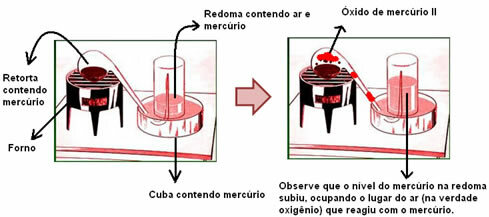There are natural and artificial radioactivity, did you already know that? If not, it is important now to know how to differentiate between them. For this, nothing better than knowing how each of them came about. First of all, it is necessary to emphasize that the study of radioactivity has allowed a greater understanding of the structure of atomic nuclei and subatomic particles.
Natural radioactivity was discovered around 1896 by the French physicist Henry Becquerel (1852-1908), he realized that the element Uranium emitted radiation when leaving photographic films in contact with the radioactive element. The films showed spots and Becquerel concluded that it was the rays emitted by uranium salts. As you can see, Uranium is a natural element.
An interesting utility of natural radioactive isotopes concerns carbon 14 (C-14). This carbonic species is known to have a half-life of approximately 5,730 years. The use of this concept is important in archeology, the measurements of carbon 14 content allow to calculate the age of historical objects such as bones of ancient animals or pharaoh's mummies.
Artificial radioactivity is produced when certain nuclei are bombarded with appropriate particles. If the energy of these particles has an adequate value, they penetrate the nucleus modifying it, which, being unstable, later disintegrates. So how did the discovery of artificial radioactivity come about? This fact was possible thanks to the bombardment of boron and aluminum nuclei with alpha particles, after ceasing the attack with particles, the nuclei continued to emit radiation.
Do not stop now... There's more after the advertising ;)
Unfortunately, this discovery was used to program the very end of man, the study of nuclear reactions and the search for new artificial radioactive isotopes led to the discovery of nuclear fission and the further development of the bomb atomic.
But there are also peaceful uses of this discovery, like the artificial radioisotopes that are used in nuclear medicine. They are also called radiotracers because they map the organs and focus on certain tissues. For example, Na-24 is used to map heart and vascular lesions, I-131 is used in breast cancer therapy. thyroid to kill diseased cells and F-18 is used in positron emission tomography (PET of the English positron emission tomography) to identify regions of the body with intense glucose metabolism.
But it is not only in archaeological studies and medicine that radioactivity is of interest, there are several applications of natural and artificial radioactive isotopes, such as in agriculture, industry and food.
By Líria Alves and Jennifer Fogaça
Graduates in Chemistry
Would you like to reference this text in a school or academic work? Look:
SOUZA, Líria Alves de. "Natural and artificial radioactivity"; Brazil School. Available in: https://brasilescola.uol.com.br/quimica/radioatividade-natural-artificial.htm. Accessed on June 27, 2021.


